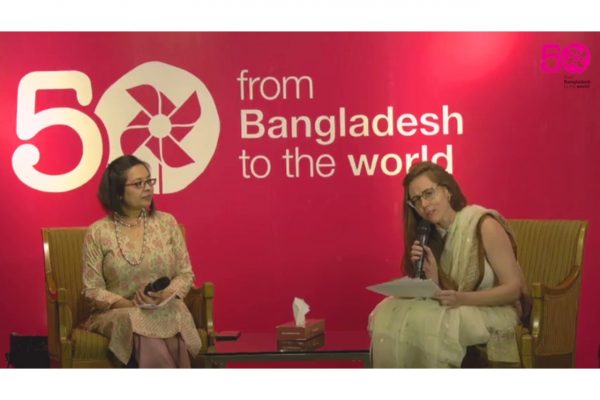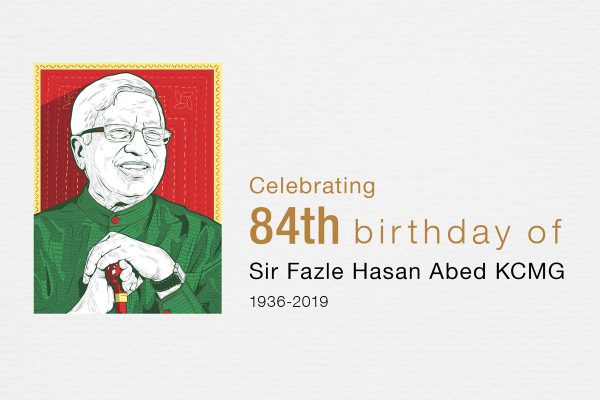Two sides of the same coin: how the UNDP and BRAC identify challenges to poverty differently
November 23, 2011
Reading Time: 3 minutes
A few weeks ago the UNDP launched its 2011 Human Development Report titled “Sustainability and Equity: a Better Future for All”, and as a part of the research team, I was proud to see my name on it. The report had long been in preparation and I had almost forgotten about it, as since September I have been contributing to another major development organization, BRAC. My involvement with these two organizations has been similar, in that they share a common mission and have many overlapping goals. But my exposure to both worlds has made me recognize how greatly their approaches to identifying solutions to poverty differ, even when they have independently identified the same problems.
A few weeks ago the UNDP launched its 2011 Human Development Report titled “Sustainability and Equity: a Better Future for All”, and as a part of the research team, I was proud to see my name on it. The report had long been in preparation and I had almost forgotten about it, as since September I have been contributing to another major development organization, BRAC. My involvement with these two organizations has been similar, in that they share a common mission and have many overlapping goals. But my exposure to both worlds has made me recognize how greatly their approaches to identifying solutions to poverty differ, even when they have independently identified the same problems.
The UNDP’s Report has indicated that the Human Development Index (HDI) has risen globally in the last 20 years, which means that as a whole, quality of life and access to resources have generally improved across the board. But we are now faced with another obstacle in the path to building sustainable livelihoods: the degradation of our environment.
Although this problem affects people of all nations and socioeconomic backgrounds, the bottom billion of our society bears the largest burden. Environmental concerns make the already complex problem of poverty even more complicated. In order to identify solutions, we need to understand how the problem is exacerbated on a policy level, a societal level, and a human level.
BRAC is the world’s largest development organization in both manpower and scale focused on empowering poor populations by providing them access to resources, capital, and education. In contrast to the UNDP’s report, that is generated by academicians and researchers, BRAC collects its data at a grassroots level, working directly with communities and learning from its experience on the ground. Despite the different approaches, both organizations are focused on a common mission: to find the most effective and sustainable solutions to systemic poverty.
Both organizations have recognized this new challenge of environmental degradation, which forces countries with a low HDI to adapt their development strategy to conserve depleting resources or to refashion or eliminate industries that are no longer sustainable in a degraded environment. By default, the most vulnerable populations are unjustly affected by these changes in strategy. Poor populations and particularly women and children are relegated to geographic areas that are susceptible to natural disasters and are not viable locations for adequate economic activity. One strategy proposed by the HDR 2011 suggests that policy makers need to re-think the development model and integrate equity concerns in development policies. It underlines the need for policy makers to “avert environment degradation” with measures such as adaptive disaster responses.
At BRAC, this is already in practice. BRAC’s program on Disaster, Environment and Climate Change, for instance, integrates disasters preparedness into their community empowerment programs. With projects such as the Microclimatic Weather Stations and the Geographical Information System, BRAC helps its clients decrease their vulnerability to environmental challenges. This results in a less unequal development policy, making the poor an active development partner.
Another way BRAC helps redress inequities in development is by working directly with the communities, training them and gathering information from indigenous people for disaster risk reduction. BRAC has long understood that an empowered community will have more tools to face environmental degradation and understand the need to lessen their adverse impact on the environment.
I have been fortunate to have exposure to both approaches, BRAC’s grassroots approach on one side and UNDP’s academic approach on the other, and understand that they are equally important methods to identify and eliminate sources of inequity.
By Shital Beejadhur-Rathod, BRAC USA Contributor






